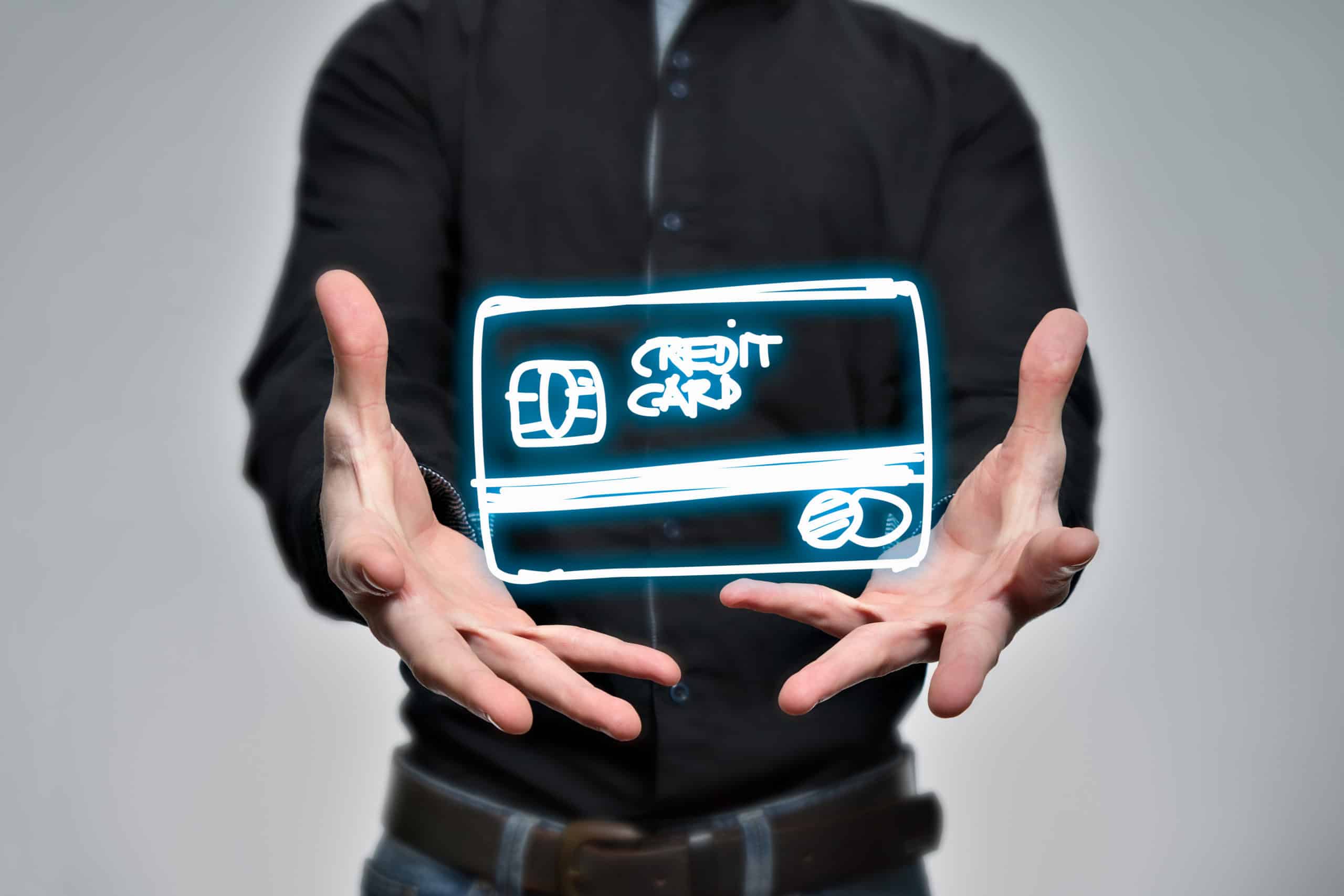In recent years, credit card issuers started implementing chips in their cards, which is great because it reduces a thief’s ability to duplicate your account. However, since it is more challenging to steal a tangible credit card, many criminals now focus on online hacking. Thankfully, a virtual credit card is your solution to digital shopping security. The rest of this guide will focus on who should use a virtual card, how you can use one, and provide examples for its use.
Table of contents
What Are the Benefits of a Virtual Credit Card?
The primary benefits of a virtual card are security and ease of closure. Typically, when you use a regular credit card for an online purchase, you need to worry about potential data breaches. If you purchase something from a site that experiences a breach later, you will need to close your credit card. However, using a virtual card mitigates this risk entirely. Every time you purchase something using virtual cards, the number is linked to your account but not directly accessible, meaning that you can close out the virtual number and keep your actual card open.
While the advantages of a virtual card are excellent, the usability of the card is still developing. You can use virtual cards at any online store, but when returning an item, you may run into problems, especially when returning to a physical location. As with all technological advances, experts expect the industry to catch up, but currently, physical stores lag behind.
Who Should Use a Virtual Credit Card?
Right now, only people who do a significant amount of online shopping or subscribe to several digital applications will benefit from virtual credit cards, which accounts for the vast majority of consumers. However, many older individuals still do most of their shopping in brick-and-mortar businesses, meaning that virtual cards will not seem useful.
However, there is a growing trend of homeowners using online payment options for recurring bills and purchases. If the trend continues, which it likely will, most consumers will use virtual cards in the future, especially with the rise in digital identity theft. Virtual cards are becoming an essential security tool in the population’s growing digital footprint.
When Should You Use a Virtual Credit Card?
You should use a virtual credit card anytime you are making an online purchase, primarily through questionable sites or companies with limited security protocols in place. However, the extra security measure is reasonable even when working with businesses you trust.
Hackers and digital thieves are always on the cusp of undermining security tools. Regardless of how secure a company is, there is a chance a thief breaches its firewall, gaining access to consumer information, including credit card information.
A virtual card makes such breaches less threatening for consumers because their sensitive information is quickly deleted without compromising their active credit accounts. If you frequently purchase items over the internet, then look into credit providers that offer virtual cards.
Examples of Use
Using a virtual card is straightforward, but you should not use it in every situation because of the relative newness of the practice. For example, when making a hotel or car rental reservations online, be sure to use your actual card. Some establishments will require verification of the credit card details upon your arrival, which is impossible without the physical card. Therefore, the best time to use a virtual card is to make one-time payments. For example, use a virtual card to purchase items for delivery from stores or sites like Amazon.
A virtual card is primarily best for situations that are entirely remote with no need for in-person verification. While the precise conditions will vary, you use the virtual card because of the purchase’s riskiness.
Steps for Applying
It is crucial to know that not all credit card providers are currently offering virtual card options, but many are. If you are interested in securing a virtual card for your next online purchase, then follow this easy, six-step process:
- Apply and get approved for a qualifying credit card
- Once approved, go to the account settings
- You may need to download a virtual card issuer’s app to access the card
- Accept the generated card number
- Decide on the term or expiration for the virtual card
- Obtain the expiration date and security code for the card
While this is a standard process for many virtual card issuers, some companies may require more or fewer steps. However, once you have the numbers for your virtual card, you can begin shopping worry-free.
Quick Questions
Where can you use virtual credit cards?
You can use virtual credit cards at any online retailer. While you cannot use the cards at brick-and-mortar establishments, if you own a credit card with a chip, the chip essentially performs the same process to secure your card information, keeping your information safe from bad actors.
How do virtual cards work?
A virtual credit card works the same as a regular credit card. The primary difference is that you do not have a physical card to make the purchases. Also, a virtual card is not a lone account, meaning that if the linked credit card is closed, the virtual card will no longer work.
Why use a virtual card instead of a normal credit card?
You should use a virtual card for online purchases because it is more secure. With a virtual card, you are not entering your information in applications and sites that might be breached later, putting your identity and finances at risk.
Do you want to learn more about the virtual credit card and other security measures? Check out Money
